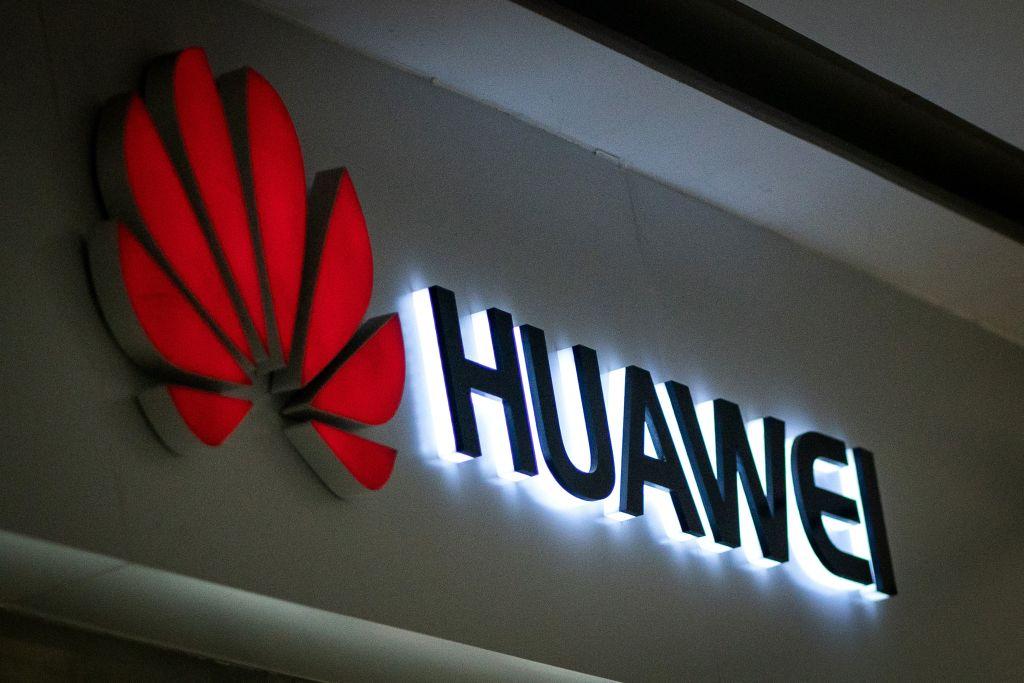Chinese tech giant Huawei plans to sell off its undersea telecom cable business, a move that has drawn much speculation, given the timing soon after the U.S. administration enacted an export ban on the company.
The Chinese company that intends to purchase the Huawei unit is notable in that, like Huawei, it also has strong ties to the Chinese Communist Party (CCP).





